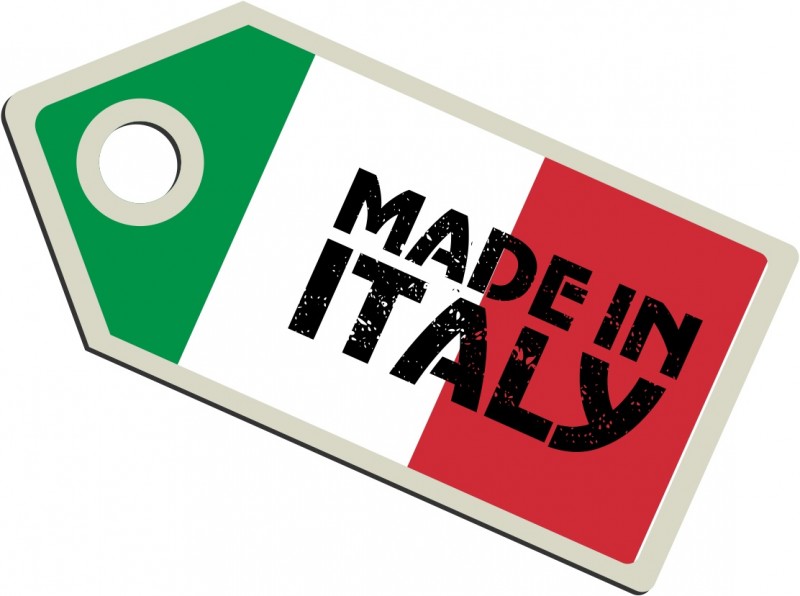Why “Made in Italy” May Be Less Profitable Than Sourcing From China
December 3, 2024

For years, importers hesitated to shift their supply chains to China due to the stigma of “poor quality.” Despite significant quality improvements over the last 30 years, many still associate the “Made in China” label with low standards. However, high-quality products, like cutting-edge electronics, often come from China. Proper quality control practices can ensure globally competitive products, a fact often overlooked in debates about country of origin.
Savvy buyers constantly seek better and more cost-effective supply sources. For some, prestige matters. For instance, importing from Italy carries a certain allure. Think Gucci or Prada—luxury brands synonymous with Italian craftsmanship. But is the premium worth it? Importers must assess whether buying from Italy justifies the extra cost compared to sourcing directly from China.
Here are three reasons why “Made in Italy” might be less profitable than sourcing from China:
1. Higher Costs
Italian labor costs far exceed those in China. While industries like fashion can charge a premium for Italian garments, footwear, and leather goods due to their reputation for quality and style, many products made in China set the global standard. Take the iPhone, for example. Though made in China, few question its quality.
2. Misleading Labels
Products labeled “Made in Italy” aren’t always Italian. Counterfeit “Made in Italy” tags represent a multi-billion-dollar industry. That beautiful scarf at your local boutique might have been manufactured in China, India, or Vietnam. Even if some production steps happen in Italy, much of the work could be outsourced. Some low-cost Italian factories—often run by Chinese staff—produce items with lower quality than similar-priced Chinese products.
3. Quality Concerns
How do Italian-made products sometimes fall short? Italy has fewer strict labeling regulations compared to the U.S. In contrast, Chinese regulations require clear indications of a product’s origin. This disparity can confuse buyers but underscores the importance of quality control. Whether sourcing from China, Italy, or elsewhere, thorough inspections are critical to ensure products meet standards.
Key Takeaway
The real issue isn’t where products are made but how thoroughly you vet suppliers. While Italian products may offer higher quality in some cases, they likely come at a premium compared to Chinese-made goods. Country of origin alone doesn’t guarantee quality. Protecting your brand requires diligent research, a clear understanding of your product, and precise quality benchmarks.
Have you compared products made in China with those from Italy? What were your findings? Share your experiences in the comments below.
By Jesse Alterman
Editor’s note: This blog was originally published in September 2017.
